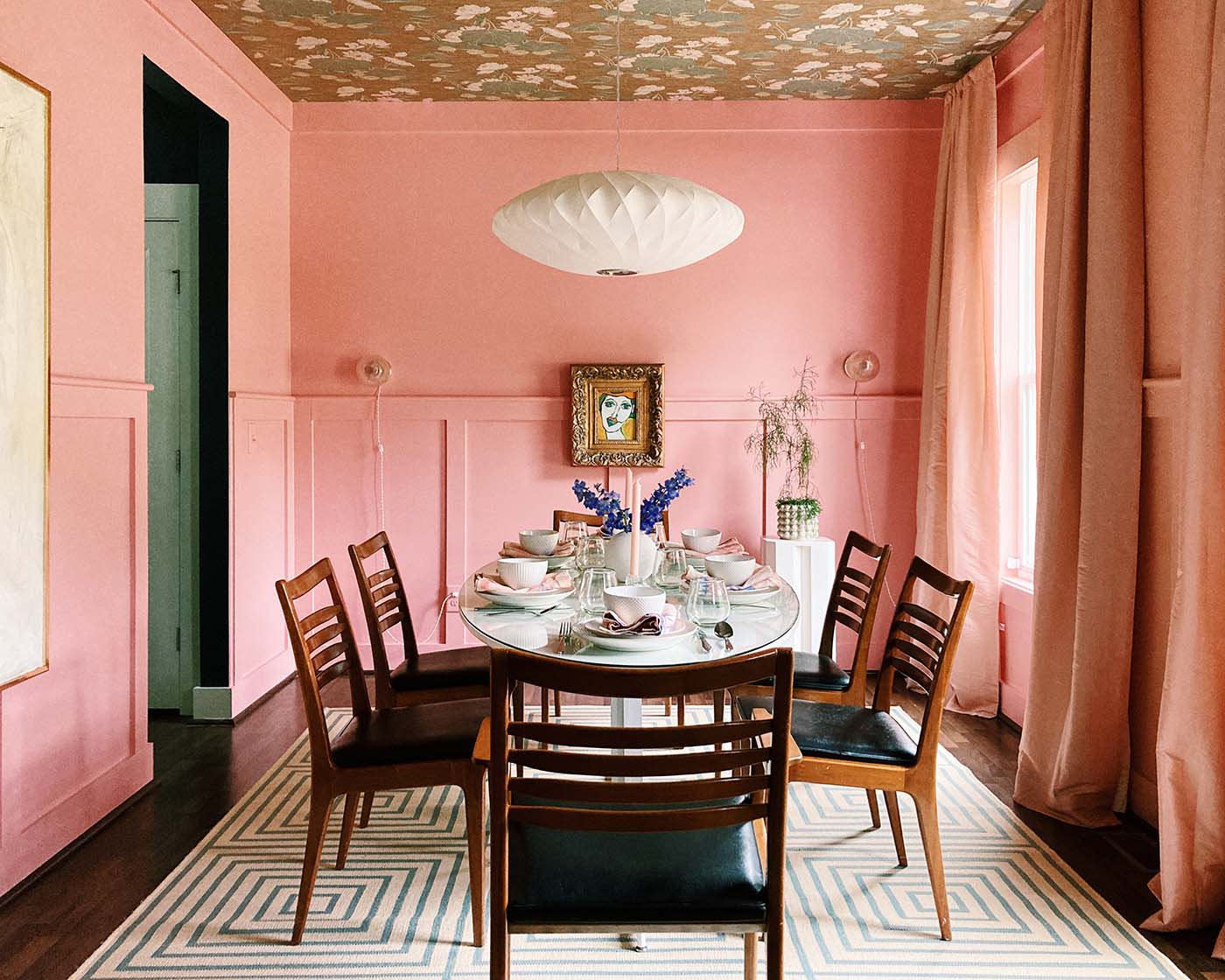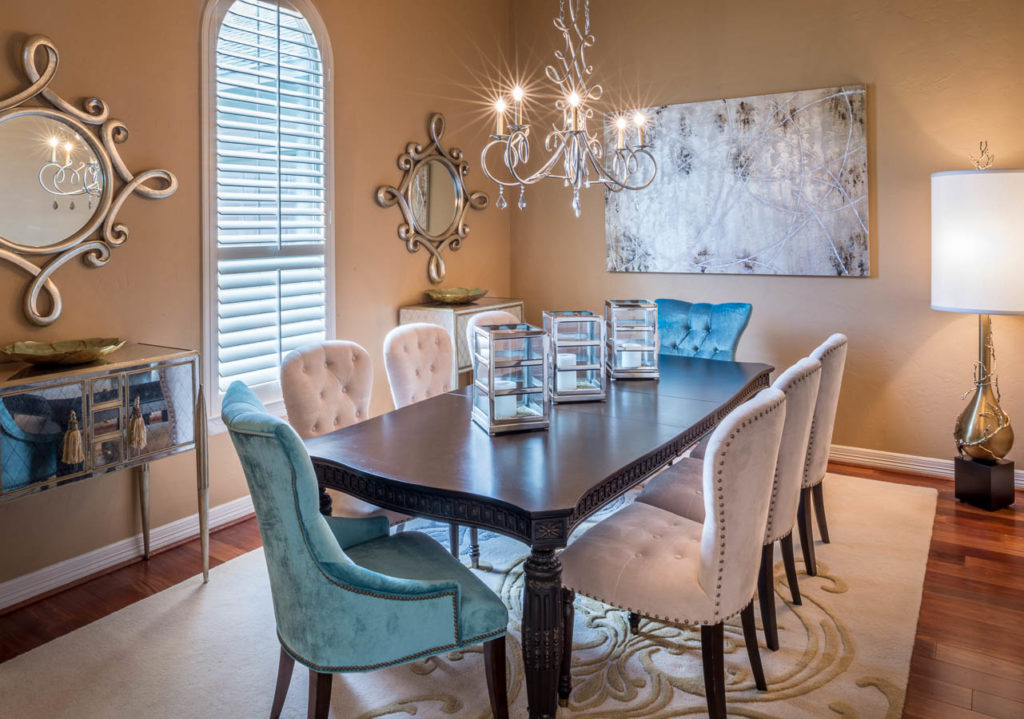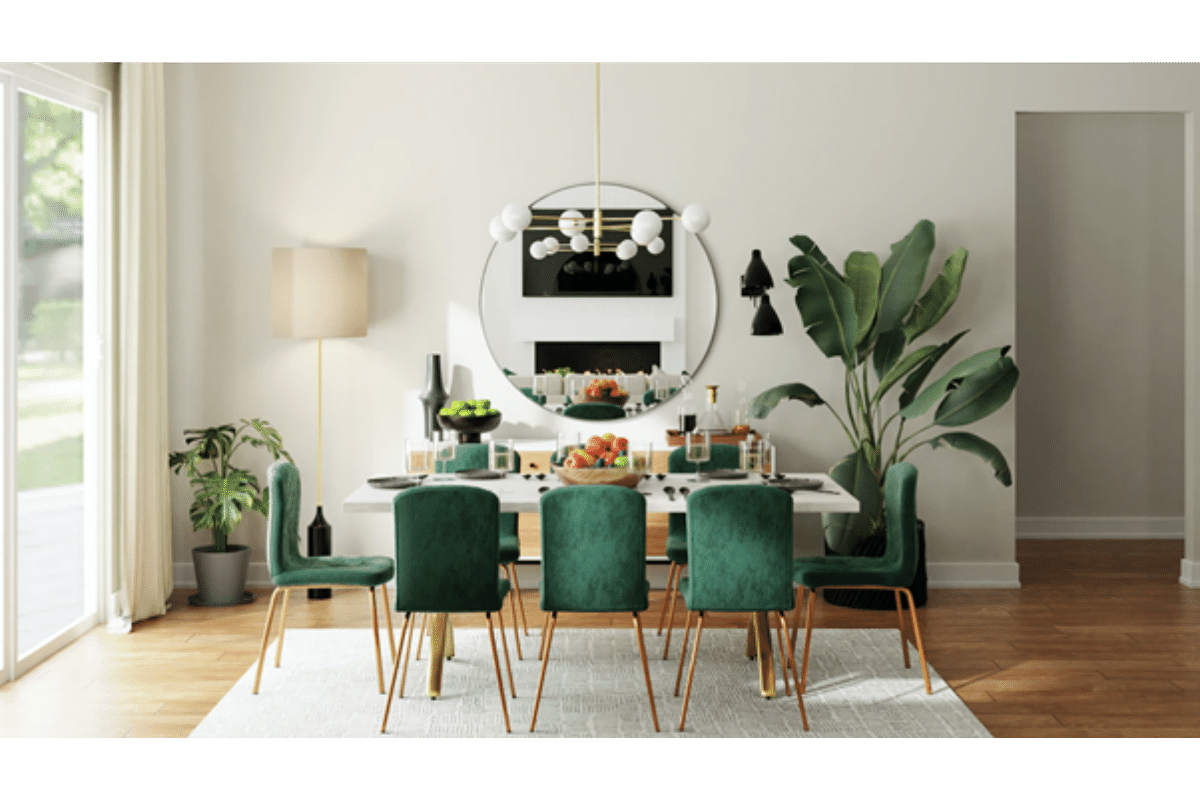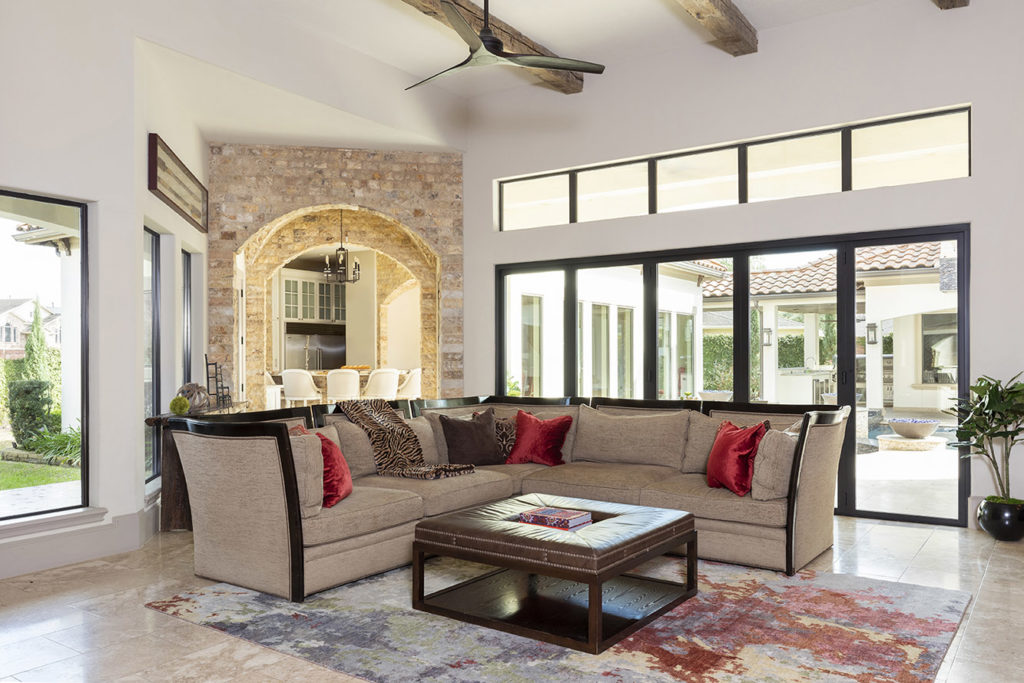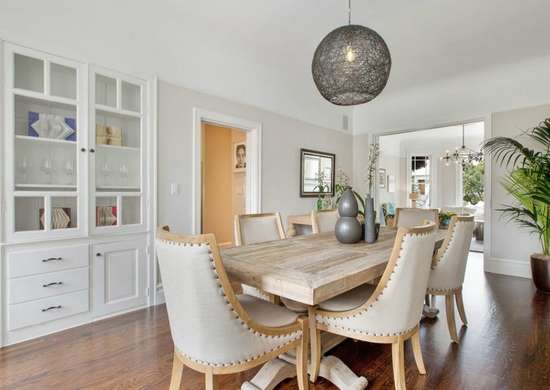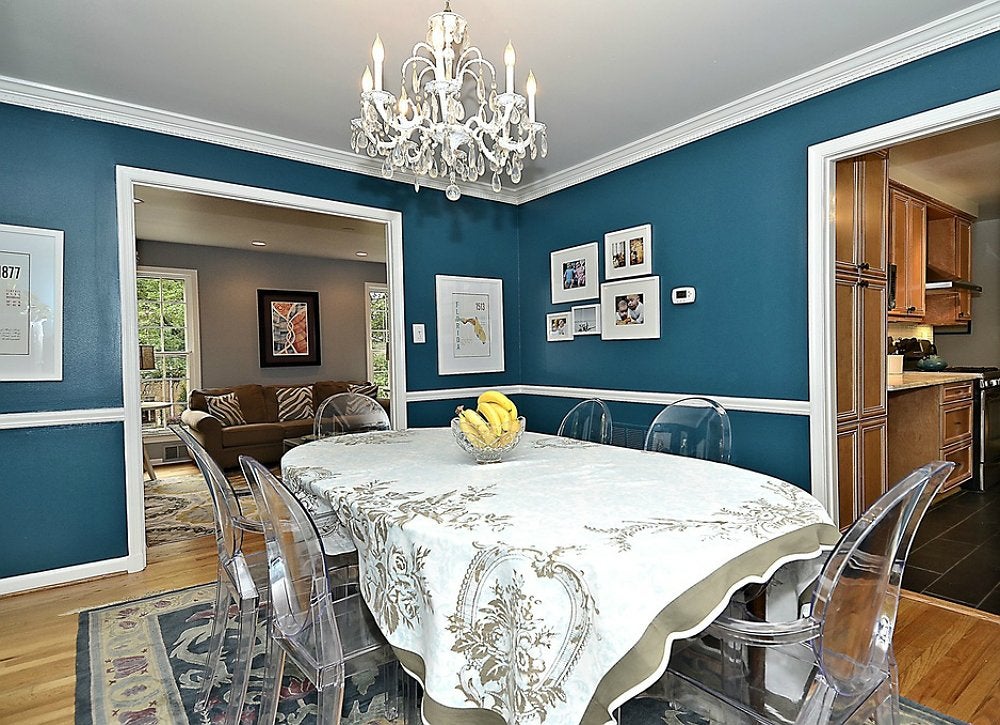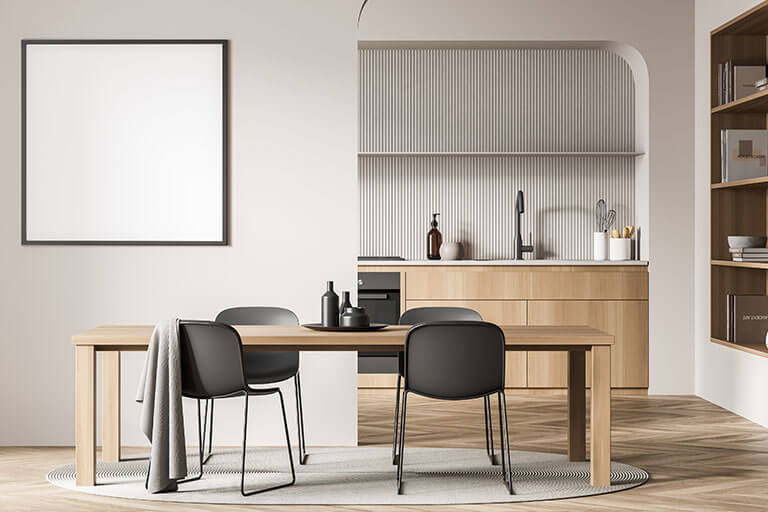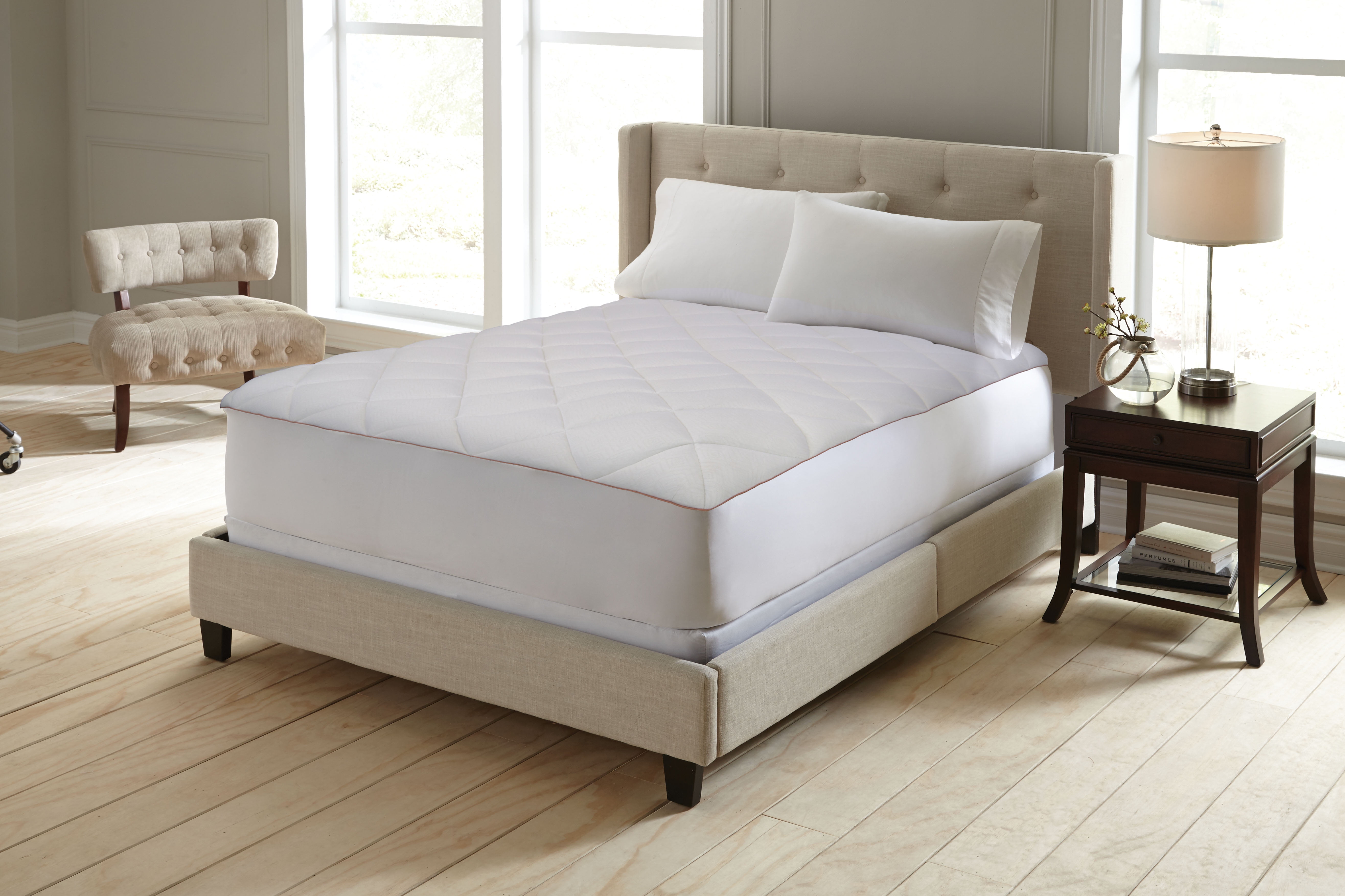The dining room is often considered the heart of the home, a place where family and friends gather to share meals and create memories. It's important to create a welcoming and visually appealing atmosphere in this space, and one way to achieve that is through color coordination. Coordinating colors in your dining room can help create a cohesive and harmonious look that will make your dining experience even more enjoyable. Here are some tips to help you coordinate colors in your dining room like a pro.Color coordination in dining room
The first step in coordinating colors in your dining room is to choose a main color that will serve as the foundation for your color scheme. This can be a bold and vibrant color or a neutral and muted tone, depending on your personal style and the overall aesthetic of your home. From there, you can build your color palette by selecting complementary or contrasting colors that will add depth and interest to the space.How to coordinate colors in a dining room
There are endless color schemes for dining rooms that you can choose from, but some popular options include monochromatic, analogous, complementary, and triadic color schemes. A monochromatic color scheme uses different shades and tints of the same color, while an analogous color scheme combines colors that are next to each other on the color wheel. A complementary color scheme uses colors that are opposite each other on the color wheel, and a triadic color scheme combines three equally spaced colors on the color wheel.Dining room color schemes
When coordinating colors in your dining room, it's important to keep a few tips in mind. First, stick to a maximum of three colors to avoid overwhelming the space. You can always incorporate different shades and tones of those colors to add depth. Second, balance bold colors with neutral tones to create a harmonious look. And finally, consider the lighting in your dining room when choosing colors, as natural and artificial light can affect how colors appear in a space.Color coordination tips for dining room
While the best colors for a coordinated dining room will ultimately depend on your personal style and preferences, there are some colors that are commonly used in dining rooms. Warm and inviting colors like red, orange, and yellow can stimulate appetite and conversation, while cool and calming colors like blue and green can create a more relaxed and serene atmosphere. Neutral colors like beige and gray are versatile and can serve as a base for bolder accent colors.Best colors for a coordinated dining room
To create a cohesive color scheme in your dining room, it's important to choose colors that work well together. This can be achieved by using colors from the same color family or by selecting colors that have similar undertones. You can also use color accents to tie different colors together and create a cohesive look. For example, if you have a blue and white color scheme, you can incorporate yellow accents in the form of pillows, artwork, or a centerpiece to tie the colors together.Creating a cohesive color scheme in your dining room
When it comes to color coordination ideas for dining room decor, the possibilities are endless. You can use bold and bright colors to make a statement, or soft and muted tones for a more subtle look. You can also incorporate patterns and textures to add visual interest and depth to the space. Some popular decor items to consider when coordinating colors in your dining room include curtains, rugs, table linens, and wall art.Color coordination ideas for dining room decor
A color wheel is a helpful tool when it comes to coordinating colors in your dining room. It visually shows how different colors relate to each other and can help you choose a color scheme that works well together. You can use a color wheel to select complementary or analogous colors, and it can also help you determine which accent colors will work best with your chosen color scheme.Using a color wheel to coordinate your dining room
Accent colors are a great way to add interest and personality to your dining room. When coordinating colors, you can use accent colors to add pops of color and create a focal point in the space. For example, if you have a neutral color scheme, you can add bright and bold accent colors through artwork, throw pillows, or a centerpiece. Just remember to choose colors that complement your main color and work well together.Incorporating accent colors in a coordinated dining room
While there are no set rules when it comes to coordinating colors in your dining room, there are some common mistakes that can be easily avoided. These include using too many colors, not considering the lighting in the room, and not balancing bold colors with neutral tones. It's also important to avoid using clashing colors and to make sure the colors flow throughout the space. In conclusion, color coordination in your dining room is an important aspect of creating a welcoming and visually appealing space. By choosing a main color and building a complementary color scheme, keeping a few tips in mind, and avoiding common mistakes, you can create a cohesive and coordinated dining room that will make every meal a special experience.Color coordination mistakes to avoid in your dining room
The Importance of Color Coordination in Your Dining Room

Creating a Cohesive and Inviting Space
 When designing a dining room, one of the most important elements to consider is color coordination. The colors used in a room can greatly impact the overall atmosphere and feel of the space, making it crucial to choose the right color scheme for your dining room.
Color coordination not only creates a cohesive and visually appealing look, but it also sets the tone for the entire room and can greatly enhance the dining experience.
When designing a dining room, one of the most important elements to consider is color coordination. The colors used in a room can greatly impact the overall atmosphere and feel of the space, making it crucial to choose the right color scheme for your dining room.
Color coordination not only creates a cohesive and visually appealing look, but it also sets the tone for the entire room and can greatly enhance the dining experience.
The Power of Color Psychology
 The process of color coordination involves selecting a color scheme that complements the room's design and purpose. While this may seem like a simple task, it is important to understand the
psychological effects that colors can have on our mood and behavior
. For example, warm colors like red and orange stimulate the appetite and can make the dining experience more enjoyable, while cool colors like blue and green can create a calming and serene atmosphere.
The process of color coordination involves selecting a color scheme that complements the room's design and purpose. While this may seem like a simple task, it is important to understand the
psychological effects that colors can have on our mood and behavior
. For example, warm colors like red and orange stimulate the appetite and can make the dining experience more enjoyable, while cool colors like blue and green can create a calming and serene atmosphere.
Choosing the Right Color Scheme
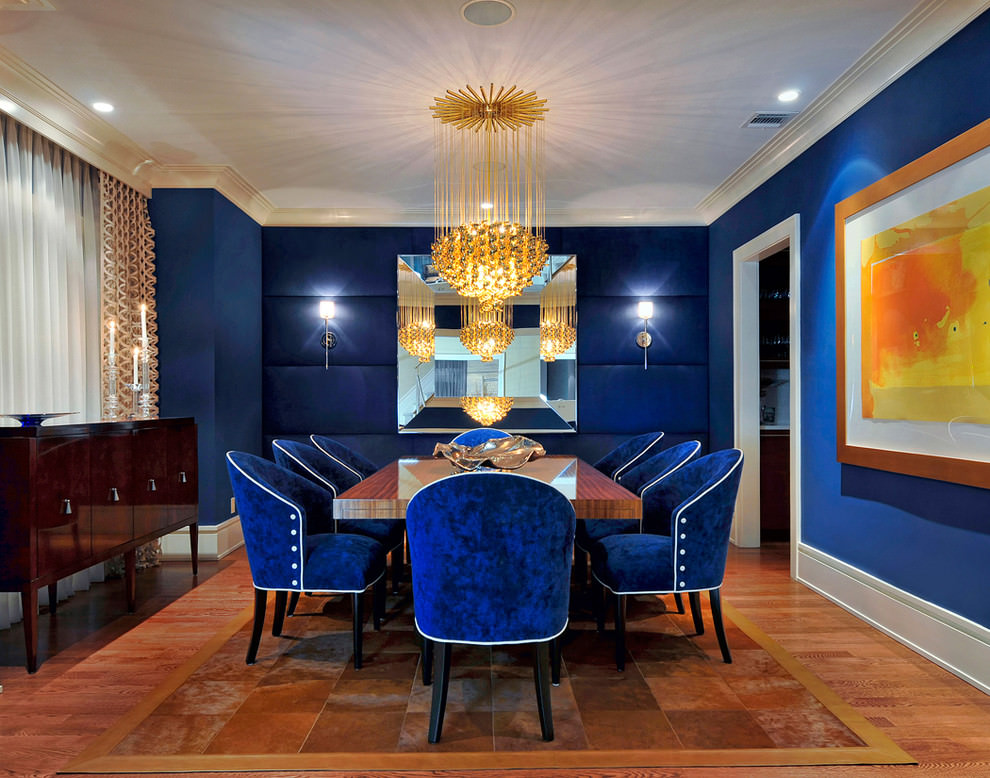 When selecting a color scheme for your dining room,
it is important to consider the size and layout of the space, as well as the natural lighting
. Lighter colors can make a small dining room feel more spacious, while darker colors can create a cozy and intimate atmosphere in a larger space. It is also important to consider the existing design elements in the room, such as furniture and decor, and choose colors that complement or contrast with them.
When selecting a color scheme for your dining room,
it is important to consider the size and layout of the space, as well as the natural lighting
. Lighter colors can make a small dining room feel more spacious, while darker colors can create a cozy and intimate atmosphere in a larger space. It is also important to consider the existing design elements in the room, such as furniture and decor, and choose colors that complement or contrast with them.
Adding Accents and Textures
 In addition to choosing a color scheme,
incorporating accents and textures can add depth and visual interest to your dining room
. This can be done through the use of different fabrics, such as a patterned tablecloth or textured curtains, or by incorporating different materials, such as a mix of wood and metal accents. These elements can also help tie the color scheme together and create a cohesive look.
In addition to choosing a color scheme,
incorporating accents and textures can add depth and visual interest to your dining room
. This can be done through the use of different fabrics, such as a patterned tablecloth or textured curtains, or by incorporating different materials, such as a mix of wood and metal accents. These elements can also help tie the color scheme together and create a cohesive look.
Conclusion
 In conclusion, color coordination plays a crucial role in designing a dining room that is both visually appealing and functional. By understanding the psychological effects of color and carefully selecting a color scheme that complements the space, you can create a dining room that is not only aesthetically pleasing, but also enhances the overall dining experience. Consider using the power of color in your dining room design and see the difference it can make.
In conclusion, color coordination plays a crucial role in designing a dining room that is both visually appealing and functional. By understanding the psychological effects of color and carefully selecting a color scheme that complements the space, you can create a dining room that is not only aesthetically pleasing, but also enhances the overall dining experience. Consider using the power of color in your dining room design and see the difference it can make.







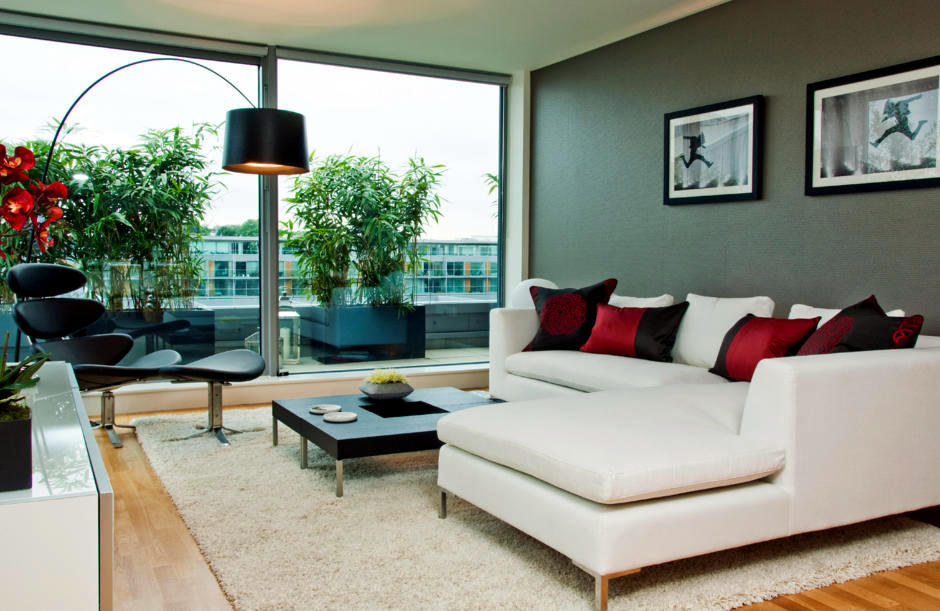

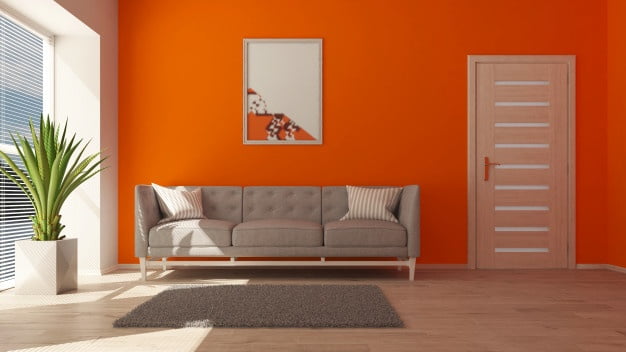

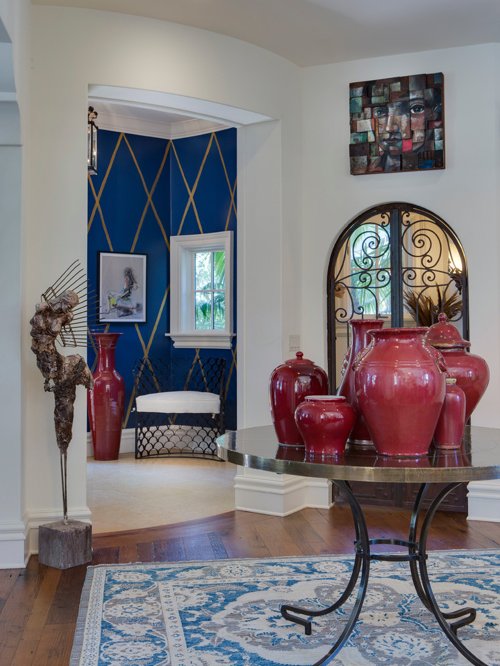












:max_bytes(150000):strip_icc()/DesignbyEmilyHendersonDesignPhotographerbyZekeRuelas_30-ad51133a857343228a2c56f76a22825f.jpg)
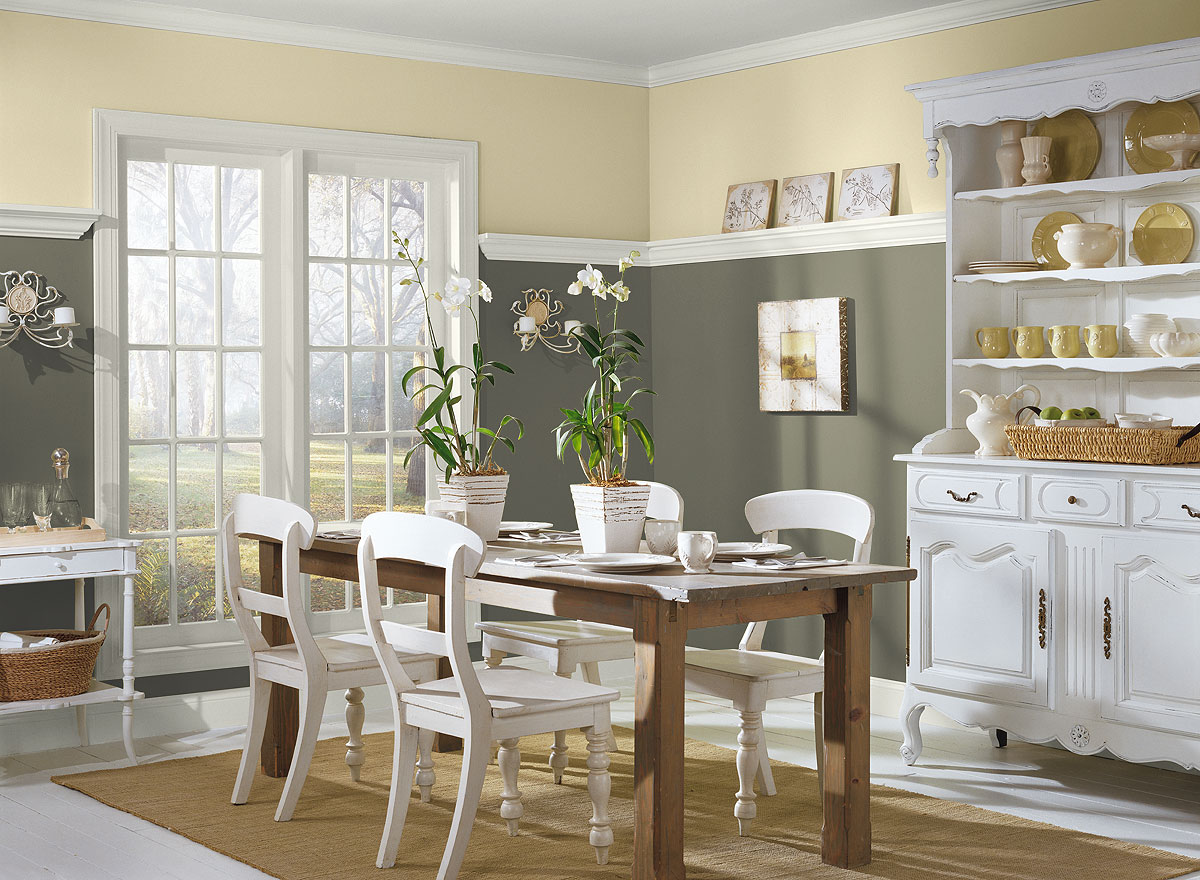

/interiors-of-a-dining-room-126171222-58daf8cc5f9b584683c21940.jpg)























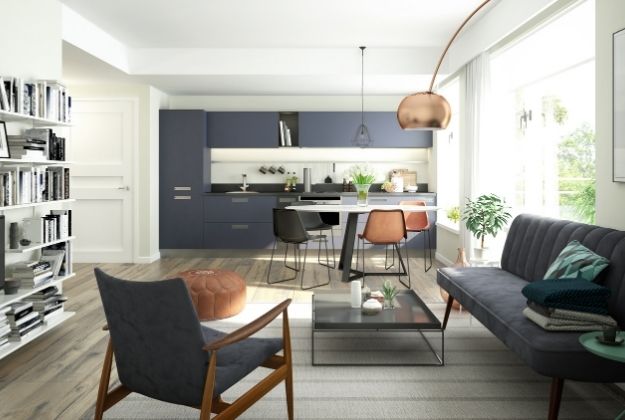

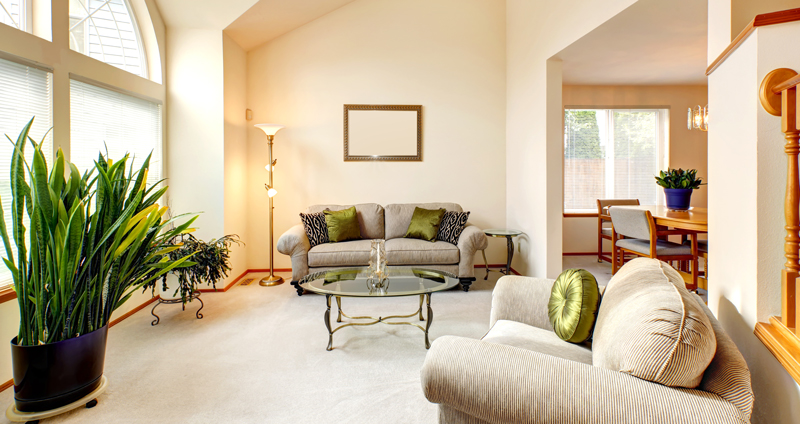
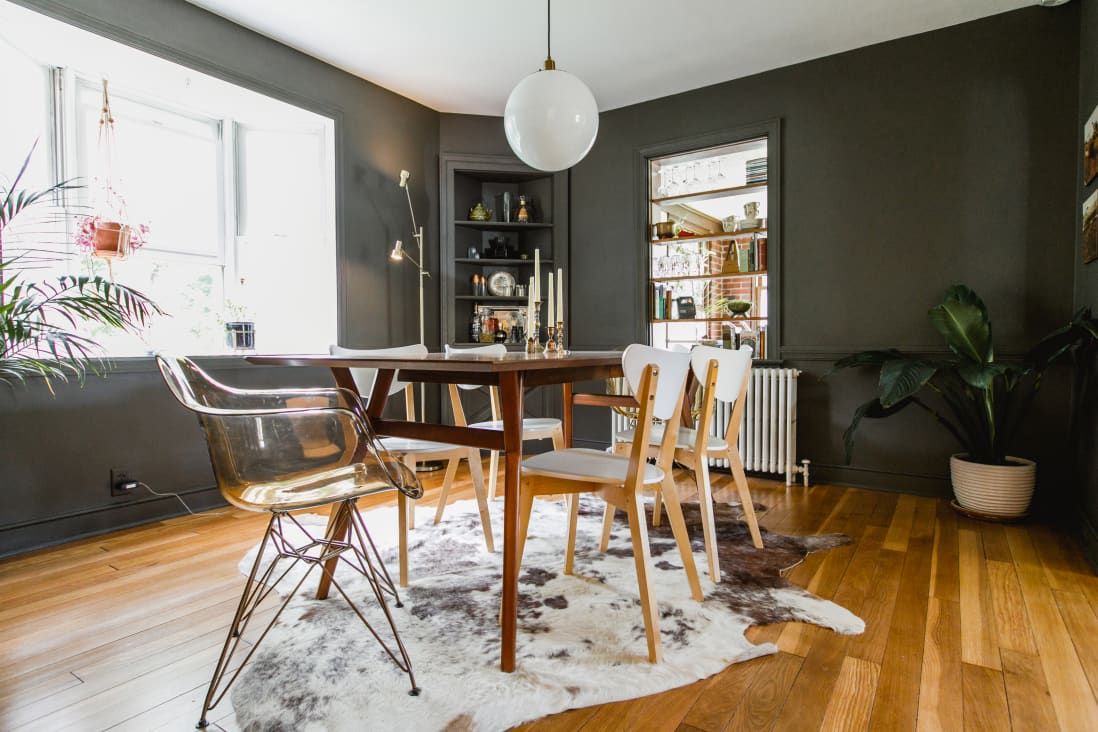
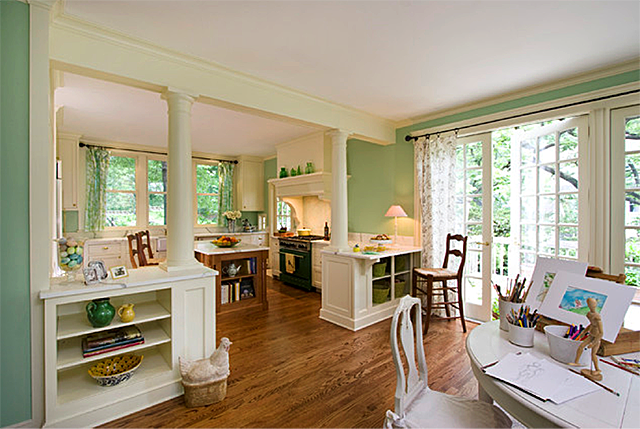
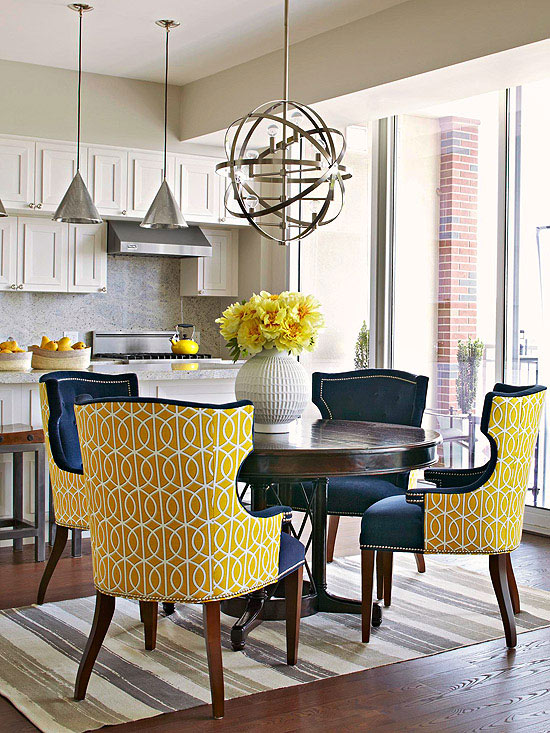

/GettyImages-872728164-5c79d40f46e0fb0001a5f030.jpg)
